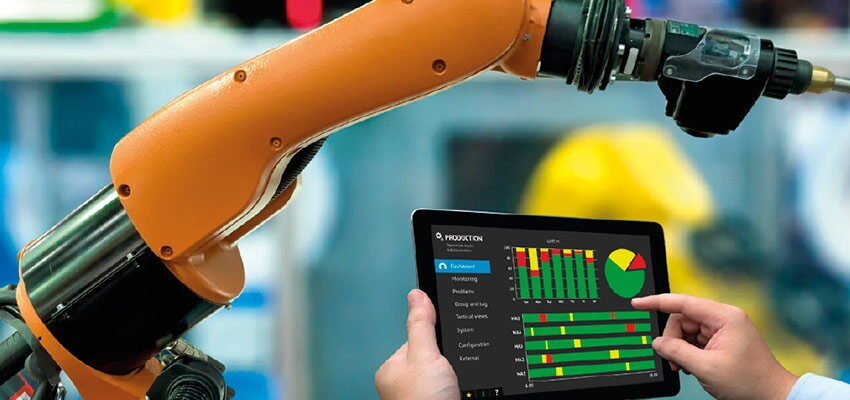
The future of manufacturing
Precautionary measures for Industry 4.0 Abstract Manufacturing today is no longer simply about making physical products, but about finding new ways to create and...
byMike VINCENT, Mladen BANOVIC

Precautionary measures for Industry 4.0
Abstract
Manufacturing today is no longer simply about making physical products, but about finding new ways to create and capture value for the end user. Changes occurring on multiple fronts – customer demands, the economics of production and the economics of the value chain – have led to major shifts in the way products are designed, produced and sold. This article focuses on precautionary measures to consider for companies implementing or planning to implement Industry 4.0 practices.
Keywords: manufacturing, Industry 4.0, Internet of Things, transformer
1. Introduction
Manufacturing today is no longer simply about making physical products, but about finding new ways to create and capture value for the end user. Changes in customer demands, the nature of products, the economics of production and the economics of the value chain have led to major shifts in the way products are designed, produced and sold. Increasingly, customers who are spoilt for choice are demanding personalization and customization, almost blurring the line between the customer and the creator.
2. Information-based economy
Changes come on multiple fronts, one being advanced manufacturing – in the form of additive manufacturing. Advanced materials, smart, automated machines and systems, and other technologies are ushering in a new age of physical production. At the same time, increased connectivity and ever more sophisticated data-gathering and analytics capabilities enabled by the Internet of Things (IoT) have led to a shift toward an information-based economy.
As technology continues to advance exponentially, barriers to entry, commercialisation, and learning are eroding. New market entrants with access to new tools can operate at a much smaller scale, enabling them to create offerings which were once the sole province of major incumbents. While large-scale production will always dominate some segments of the value chain, innovative manufacturing models – distributed small-scale local manufacturing, loosely coupled manufacturing ecosystems, and agile manufacturing – are arising to take advantage of these new opportunities.
Manufacturers are waking up to possibilities such as these and, in the process, starting to transform the way they do business.
Indeed, in the race to find new ways to create and capture value, their smaller size and agility may give many market entrants an advantage over larger, older organizations, if only because incumbents may find it difficult to change entrenched business models and practices to accommodate new marketplace realities. Moreover, the new entrants are not necessarily even manufacturing companies in the traditional sense.







